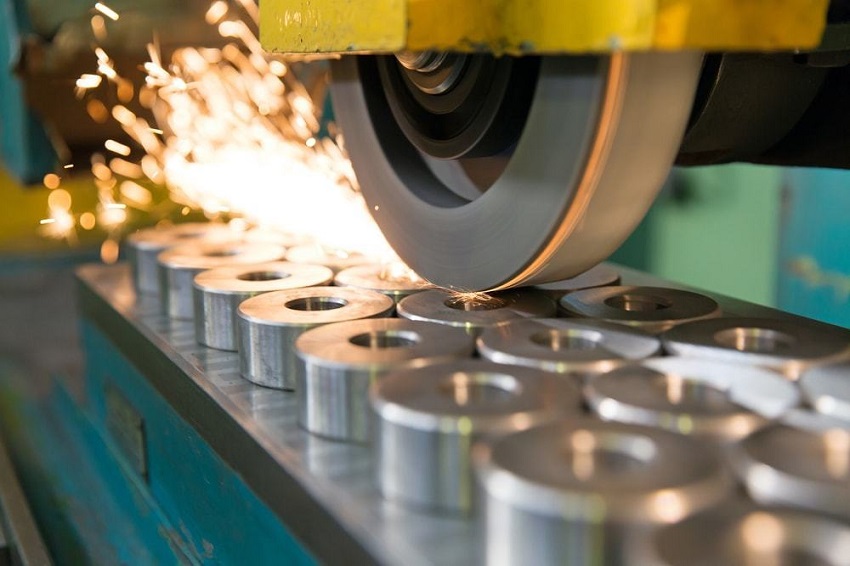Surface treatments are specially designed processes that improve the surface of an object in some way. They can instil desirable new characteristics, enhance existing ones, and improve appearance.
Global reach
Despite its specialist nature, there is actually a substantial global market when it comes to surface treatments. In fact, the market itself was estimated to be worth almost $13bn in 2019 and is predicted to reach $19bn by 2027.
Types of surface treatment
The main surface treatment methods include plasma, flame, and corona treatments, chemical etching, vapour degreasing and laser ablation.
Key benefits
There are a number of benefits to surface treatments and it is therefore easy to see why more companies are looking at this option.
1. Wide choice of materials
Surface treatments can be used on metallic, inorganic non-metallic, organic polymer, and composite materials. The attributes that can be added include corrosion resistance, wear resistance, hardness, insulation, conductivity, and adhesiveness.
Surface treatment experts
There are a number of companies that specialise in different surface treatments. Many of these specialists have useful online resources for you to peruse such as the examples seen here: https://www.poeton.co.uk/standard-treatments/.
2. No compromise on design
Surface treatments can imbue characteristics that allow designers to realise their ideas without having to compromise. For example, they can enable stronger and more consistent bonds.
3. Able to integrate with other processes
Many treatment methods can be integrated into existing processes. These can be used instead of older technologies, and processes such as plasma and corona treatments are highly repeatable, can be automated, and remove the need for harsh chemicals.
-
Help to standardise manufacturing processes
Using the same treatments or pre-treatments on all materials can help create standardisation and uniformity within manufacturing processes. This also helps improve the quality and consistency of products.




